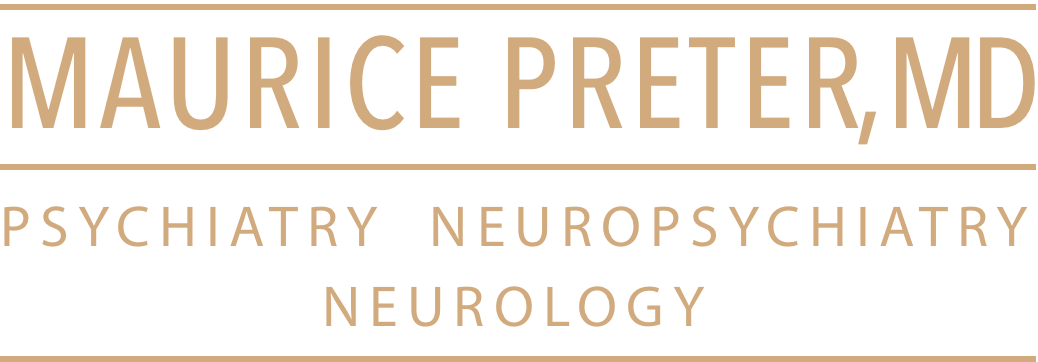Antidepressant-like effect of magnetic resonance imaging-based stimulation in mice.
| Prog Neuropsychopharmacol Biol Psychiatry. 2007 Mar 30;31(2):503-9. Epub 2007 Jan 10. | Related Articles,Links |
Rokni-Yazdi H, Sotoudeh H, Akhondzadeh S, Sotoudeh E, Asadi H, Shakiba M.
Department of Radiology and Imaging, Imam Khomeini Hospital, Tehran University of Medical Sciences (TUMS), Keshavarz Blvd., Tehran 14197-33141, Iran. rokniyaz@sina.tums.ac.ir
INTRODUCTION: It has been reported that a novel type of magnetic resonance imaging (MRI) scan called echo planar magnetic resonance spectroscopic imaging (EP-MRSI) may show antidepressant effects. We examined whether the two routine diagnostic protocols of MRI [T1 and echo planar diffusion weighted imaging (EPI-DWI)], have antidepressant-like effects in an animal model of depression. METHODS: The effects of standard EPI-DWI and T1 MRI on immobility, swimming and climbing times in the modified forced swimming test (FST) in mice were examined. After exposure to the first session of modified forced swimming test, we randomly divided the mice into four groups. The first group (T1 MRI group, n=21) received a 15-minute stimulation of T1 sequence. The second group (EPI-DWI MRI group, n=21) received a 15-minute stimulation of EPI-DWI protocol. The third group (sham group, n=21) spent 15 min in a tunnel similar to the MRI gantry in terms of size, temperature and light intensity and received recorded sounds from a normal session of EPI-DWI with similar duration and intensity. The fourth group acted as controls (n=21).The second session of the modified FST was conducted twelve hours later. The mean of immobility, swimming and climbing times in this session were compared to the control group. RESULTS: T1 weighted and EPI-DWI MRI groups showed a reduction in immobility time compared to the control group (P value<0.002, P value<0.017 respectively). This effect is comparable to that seen in the FST after the administration of antidepressant agents. The climbing time in the group subjected to EPI-DWI MRI was longer than the control group (P value<0.035). Previous studies showed similar effects after the administration of antidepressant drugs affecting the catecholamine systems. The swimming time in the T1 MRI group was significantly longer than the control group (P value<0.037). Previous studies showed qualitatively similar effect to that of anti-depressant drugs affecting the serotoninergic systems. The swimming, climbing and immobility times in the sham and control groups showed no significant difference. CONCLUSIONS: Our findings raise the possibility that MRI-based stimulation may have antidepressant-like effects in mice. This is likely to be through different mechanisms in T1 weighted and EPI-DWI protocols. However the possible biological basis of this effect is not yet understood and we would advocate further studies of MRI-based stimulation effects on transmitters in the different organs in the body specially the brain.
Publication Types:
